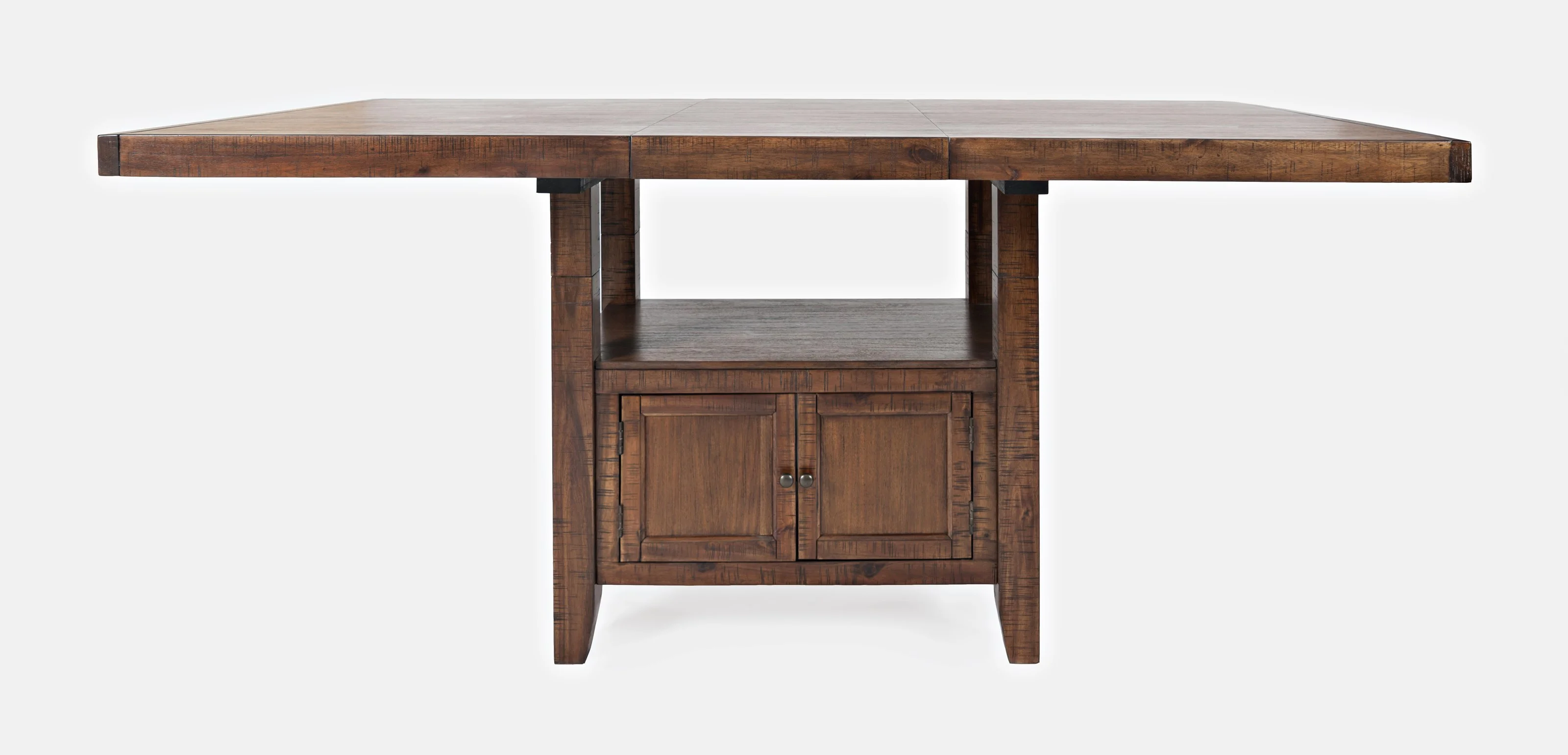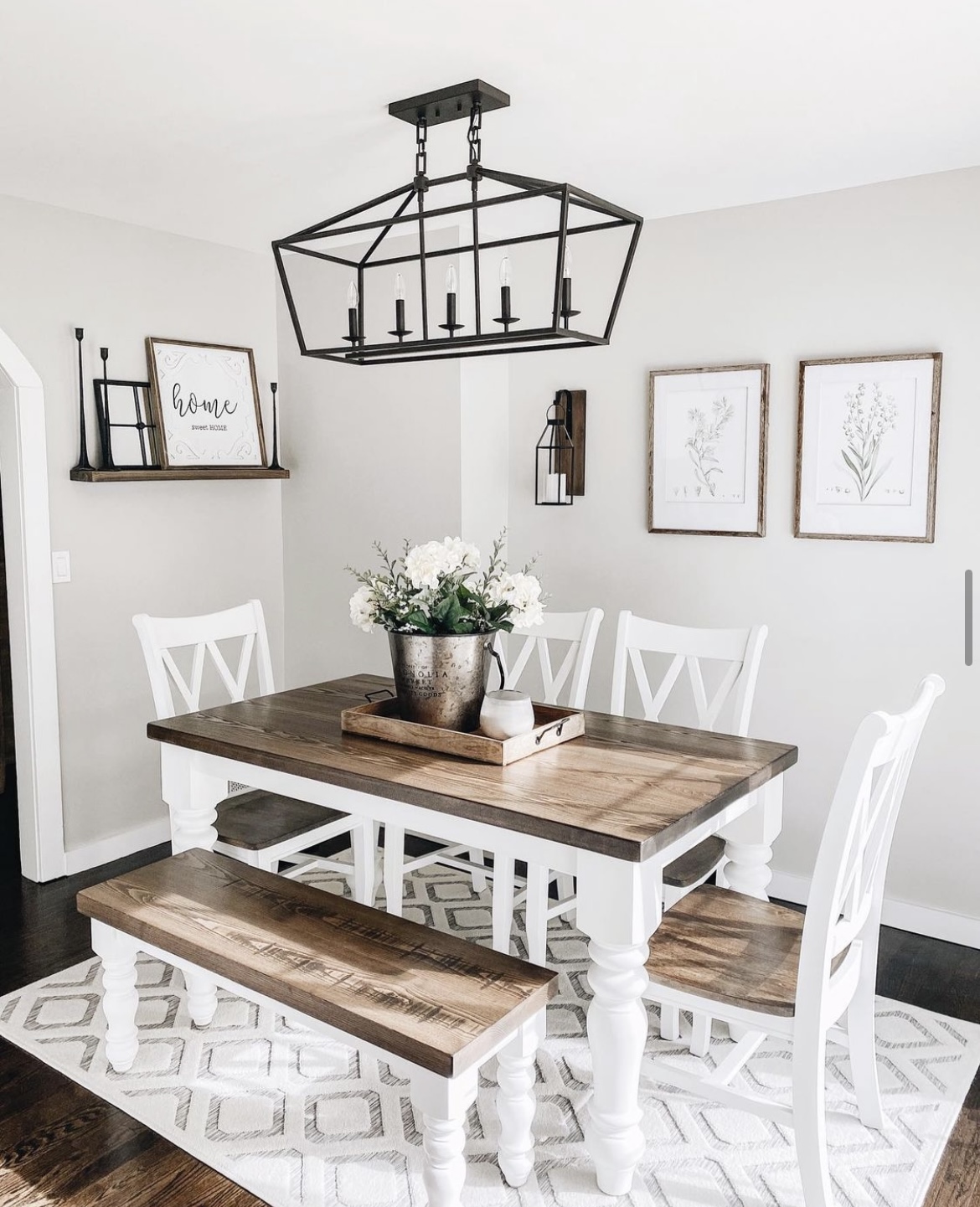Creative Ideas for Replacing or Refurbishing Your Dining Room Table Legs
Creative Ideas for Replacing or Refurbishing Your Dining Room Table Legs
Blog Article
From Conventional to Modern: Locate the Suitable Dining Space Table Legs for Your Design
While traditional layouts such as cabriole and turned legs stimulate a sense of ageless class, contemporary styles like barrette and geometric options offer an opportunity for striking aesthetic passion. As you take into consideration these aspects, the concern stays: how can you effortlessly integrate these diverse leg styles to produce a harmonious eating experience?
Comprehending Table Leg Styles
The selection of dining-room table leg styles can considerably influence both the aesthetic appeals and capability of the area. Each leg style adds special visual aspects and sensible functions, accommodating diverse layout preferences and usage needs. Comprehending these designs is important for selecting the appropriate table that lines up with your general interior decoration vision.
For instance, tapered legs use a tidy, traditional appearance that can improve an area's style, while pedestal bases provide stability and optimize legroom, making them suitable for smaller sized areas. Hairpin legs, a hallmark of mid-century modern-day layout, introduce a commercial flair, permitting a ventilated, open feeling. Trestle legs stimulate rustic beauty, offering robust assistance and a feeling of eternity.
Furthermore, the selection of materials plays a significant duty. Wooden legs can bring warmth and appearance, whereas metal choices commonly communicate a smooth, modern vibe. Inevitably, recognizing table leg designs is important for developing a natural dining area that reflects individual design while making certain practicality and comfort. By attentively taking into consideration these aspects, you can improve both the visual and functional charm of your dining area.
Typical Table Leg Options
When picking dining-room table legs, standard alternatives typically personify timeless sophistication and craftsmanship. These layouts mirror a rich heritage and a commitment to high quality, making them suitable for those who appreciate traditional appearances.
Among the most legendary conventional leg styles is the cabriole leg, defined by its elegant rounded form. This layout typically includes decorative carvings and is most commonly found in Queen Anne and Chippendale furniture. Another prominent choice is the transformed leg, which boasts a collection of smooth, rounded shapes that offer a classic look while keeping security.
Furthermore, the straight leg, while basic, offers a unadorned and tough framework that can mix effortlessly with a range of tabletop styles. For those drawn to ornate detailing, claw-and-ball feet legs stimulate a sense of splendour and can act as a sensational centerpiece in any kind of dining area.
Finally, pedestal bases, although not strictly legs, offer an alternative traditional choice that enables enough legroom and can be magnificently carved. Each of these typical leg designs adds to the overall atmosphere of a dining-room, marrying feature with visual allure.

Modern Table Leg Designs
Modern table leg layouts supply a varied array of designs that emphasize clean lines and ingenious materials. These styles commonly prioritize Continue capability while offering as striking focal factors within a dining area. Minimalist appearances prevail, with legs crafted from products such as steel, glass, and engineered timber, which add to a contemporary and ventilated feel.
One preferred style is the hairpin leg, characterized by its slim, conical framework that offers stability without frustrating the table top (dining room table legs). This style is commonly found in mid-century modern-day furniture and can effortlessly match numerous table shapes. One more trend is using geometric shapes, where legs might take on asymmetrical or angular types, including visual rate of interest and a touch of artistry

Blending Designs for Unique Areas
Commonly, property owners look for to produce unique eating rooms that mirror their you can find out more personal design by mixing different style aspects. This strategy permits for the unification of varied aesthetics, resulting in an unified yet distinct environment. For circumstances, matching a rustic wooden table with sleek, modern metal legs can create a captivating comparison that boosts the area's overall appeal.
Additionally, incorporating vintage table legs with contemporary tabletops can evoke a sense of history while preserving look at this site a modern-day perceptiveness. Such combinations not just display private taste however additionally motivate creativity, enabling homeowners to curate a room that really feels both personal and welcoming.
Color plays a crucial role in this blending procedure; picking table legs that match or comparison with the existing color pattern can improve visual passion. Whitewashed legs can soften the boldness of a dark table surface, developing a balanced aesthetic.
Tips for Selecting the Right Legs
Choosing the right table legs is necessary for accomplishing both functionality and aesthetic charm in your dining space. Begin by considering the general design of your area. Conventional settings take advantage of legs that include complex makings or transformed styles, while contemporary rooms might call for smooth, minimal styles.
Following, assess the height and security of the legs. dining room table legs. Standard dining tables vary in between 28 to 30 inches in elevation, so guarantee the legs enhance this measurement for comfort. Additionally, durable products, such as wood or steel, can boost security and durability
Assess the leg shape also-- options consist of right, tapered, or stand layouts. Straight legs use a traditional look, while tapered legs can add a touch of elegance. Pedestal bases provide sufficient legroom and are suitable for smaller sized areas.
Final Thought
In summary, choosing the perfect eating space table legs calls for cautious factor to consider of both typical and modern designs. Conventional options such as cabriole and transformed legs offer timeless elegance, while modern designs like hairpin and geometric forms offer a contemporary touch. By harmonizing leg style, elevation, and product with the total decor, a cohesive and inviting atmosphere can be attained. Eventually, the selected table legs need to show the preferred aesthetic, enhancing the dining experience within the space.
The range of dining area table leg designs can considerably influence both the visual appeals and capability of the area. Ultimately, recognizing table leg designs is vital for creating a cohesive eating area that shows personal design while making certain practicality and comfort.One of the most legendary standard leg styles is the cabriole leg, identified by its stylish bent form. Straight legs supply a classic look, while conical legs can include a touch of elegance.In recap, selecting the perfect eating space table legs needs cautious consideration of both standard and modern-day styles.
Report this page